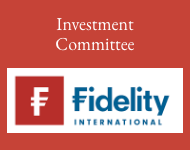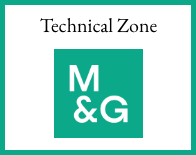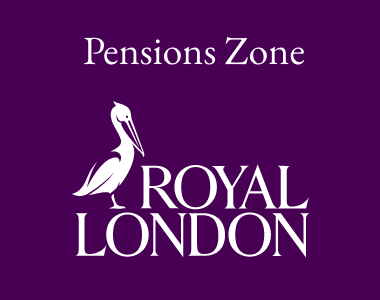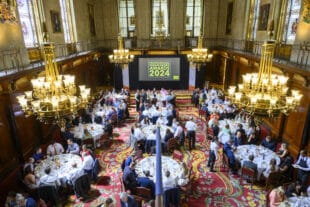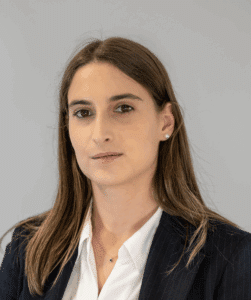Four key themes are redefining the agenda at COP30, says Allegra Ianiri, research analyst at ESG advisory and analytics firm, MainStreetPartners. But what does that mean for investors?
As debate over the relevance of COPs resurfaces, COP30 is a reminder that – imperfect as they are – these forums remain indispensable.
They are the only global platform where 198 Parties, along with business and civil society, can set collective ambition, negotiate rules and coordinate climate action at scale. Progress is necessarily incremental, but the impact is real: today’s global temperature projections are lower than they were before the Paris Agreement, demonstrating the value of sustained multilateral cooperation. Still, the pace and depth of action fall short of what is required to meet global climate objectives.
This year, four themes are shaping the conversation.
Adaptation finance remains structurally insufficient relative to need, even as physical climate risks intensify, though new initiatives highlight momentum in sustainable cooling, heat resilience, early-warning systems and AI-enabled risk analytics.
Nature and land-use transitions are shifting from conservation to treating ecosystems as productive economic assets, with early announcements on forest protection mechanisms, land restoration pipelines and new models linking social protection, agriculture and rural resilience.
Water security is emerging as a systemic economic and supply-chain risk, prompting new programmes on water-resilient infrastructure, stronger basin governance and integration of water stress into financial risk assessments.
Meanwhile, digital transformation and AI are emerging as both an opportunity and a challenge: they are being showcased as powerful enablers of adaptation and disaster response, while attracting greater scrutiny over ICT emissions and growing e-waste pressures.
For investors, COP30 is already signalling both opportunity and risk. Implementation will increasingly happen ‘from the bottom up’ with national commitments translating into city-level regulation. From building codes and procurement standards to cooling, water and materials rules that will shape future project pipelines. Opportunity areas include urban climate infrastructure, digital and AI solutions for adaptation, climate-resilient water systems, agritech, circular waste, methane reduction, and critical grid, storage and transmission upgrades. At the same time, regulatory pressure is tightening on high-footprint digital assets, methane and waste, as well as water and land use in sensitive regions.
COP30 is also strengthening investor alignment. Last week’s Asset Owners Summit convened leading asset owners and corporate executives to build consensus on priority climate and nature solutions, high-potential geographies – particularly in emerging markets – and the fiduciary rationale for transition finance grounded in science, emissions data and evolving legal frameworks. Expected outputs include a shared set of priority solutions and geographies, a unified view of fiduciary duty in the context of climate risk, and inputs to the next five-year Global Climate Action Agenda.
With influential voices such as Al Gore participating, the emerging message is clear: aligning portfolios with a just, effective global transition is no longer optional. It is a core fiduciary responsibility in an era defined by escalating physical and transition risks.
Main image: peter-burdon-h3xOL22MLT8-unsplash




